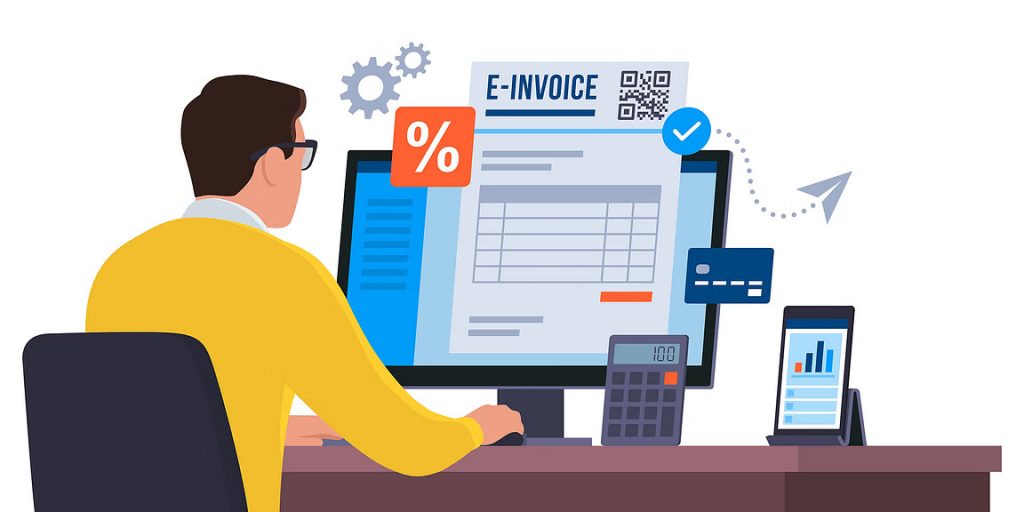
Snowlake is a multi-concept and powerful site template contains rich layouts with possibility of unlimited combinations & beautiful elements.
Learn More
GST Reconciliation Software: Streamlining Compliance

GST reconciliation software and internal processes to ensure timely reporting of invoices
13/09/2023
Dear Taxpayers,
The Indian government has implemented a significant change in GST compliance regulations, directly impacting businesses with an Annual Aggregate Turnover (AATO) exceeding ₹100 crores. This new rule mandates the reporting of invoices on e-invoice IRP portals within a strict 30-day window. Failure to adhere to this deadline can result in penalties and other legal repercussions.
To navigate this complex regulatory landscape, businesses must leverage the capabilities of GST reconciliation software. This specialized software is essential for ensuring timely and accurate invoice reporting, optimizing input tax credit, and mitigating compliance risks.
The Critical Role of GST Reconciliation Software
A robust GST reconciliation software solution offers several key advantages:
- Enhanced Compliance: Automatically enforces the 30-day reporting deadline, reducing the risk of non-compliance and associated penalties.
- Improved Efficiency: Streamlines invoice processing, validation, and reporting, saving time and resources.
- Data Accuracy: Maintains precise records of all invoices, credit notes, and debit notes, ensuring data integrity.
- Input Tax Credit Optimization: Facilitates accurate matching of invoices with tax payments, maximizing input tax credit utilization.
- Audit Readiness: Generates comprehensive reports for GST audits, simplifying the audit process.
- Business Intelligence: Provides valuable insights into business performance through data analytics and reporting.
Key Considerations for Software Selection
When choosing a GST reconciliation software solution, consider the following factors:
- Compliance Focus: Ensure the software is designed to meet the specific requirements of the new GST regulations.
- Integration Capabilities: Verify compatibility with existing ERP and accounting systems.
- User-Friendliness: Opt for a software with an intuitive interface that is easy for employees to use.
- Scalability: Select a solution that can accommodate your business’s growth and changing needs.
- Customer Support: Evaluate the quality of customer support provided by the software vendor.
Best Practices for GST Compliance
In addition to using GST reconciliation software, businesses should adopt the following best practices:
- Regular Software Updates: Keep your GST reconciliation software updated with the latest regulatory changes.
- Thorough Employee Training: Ensure all relevant staff members are well-versed in the software and compliance requirements.
- Robust Data Management: Maintain accurate and complete invoice data to support reconciliation and reporting.
- Internal Audits: Conduct regular internal audits to identify potential compliance gaps.
- Proactive Communication: Stay informed about GST updates and communicate changes effectively within the organization.
By combining the power of GST reconciliation software with sound compliance practices, businesses can effectively manage the new GST regulations, reduce risks, and optimize their tax position.
Thanking You,
Team GSTN